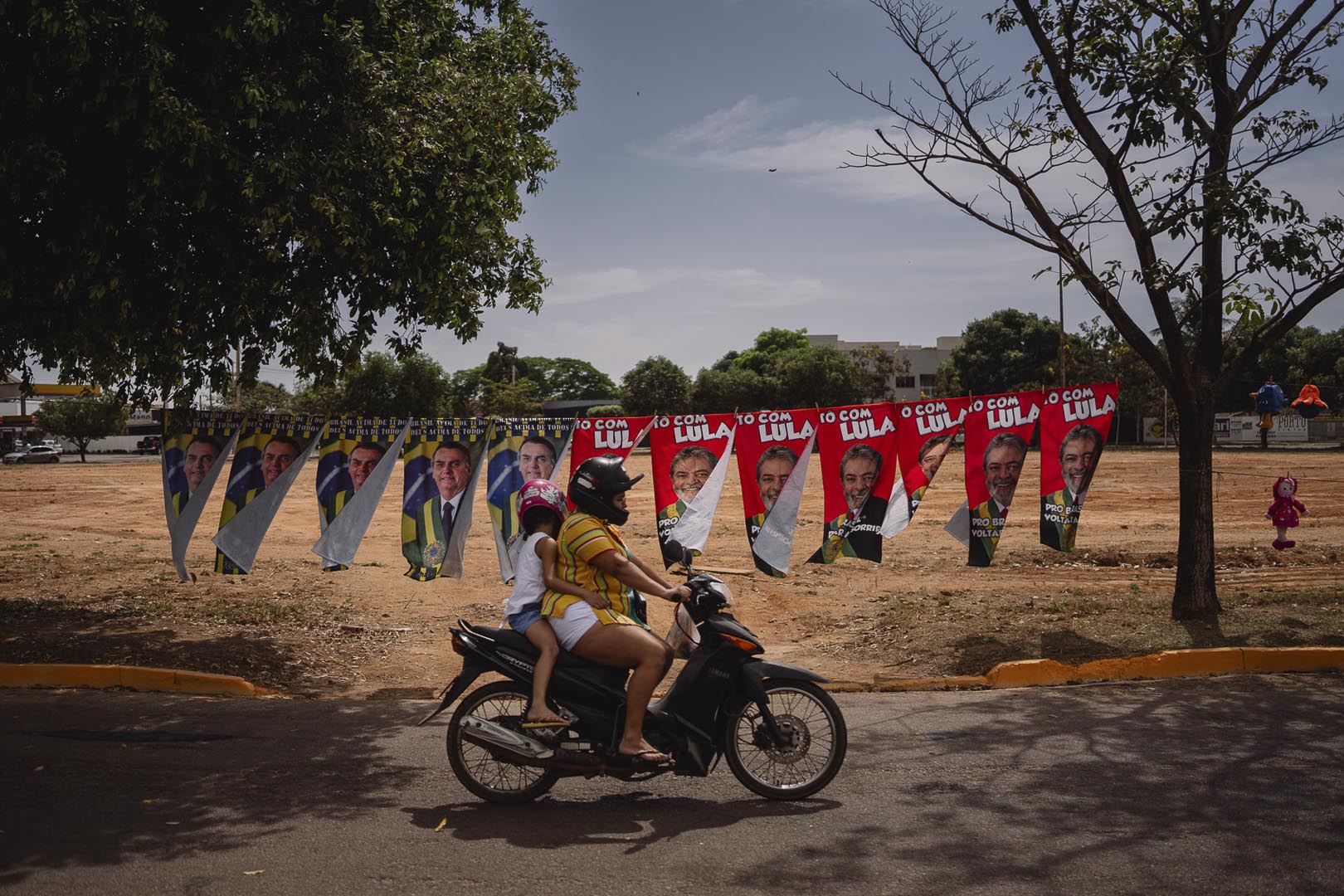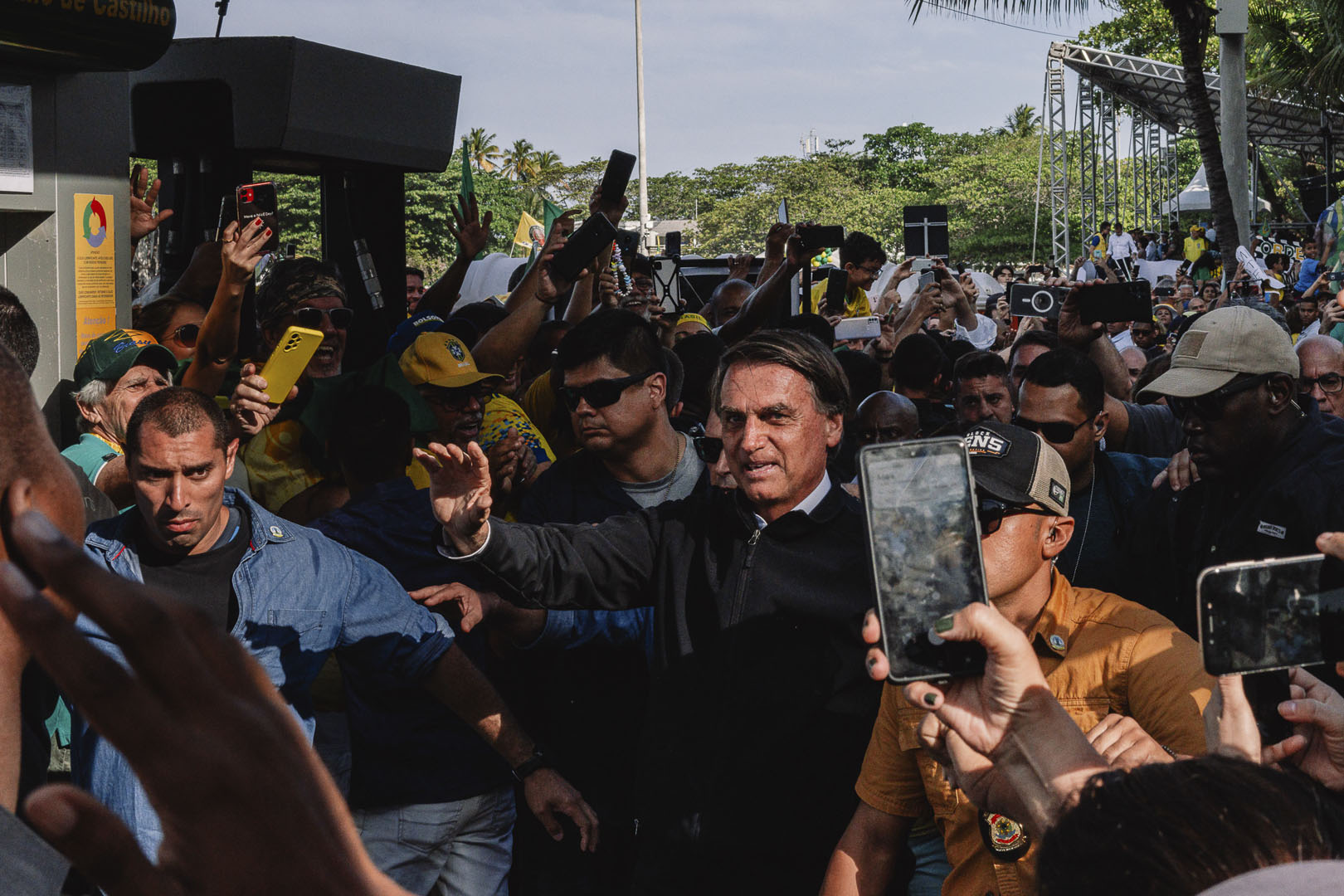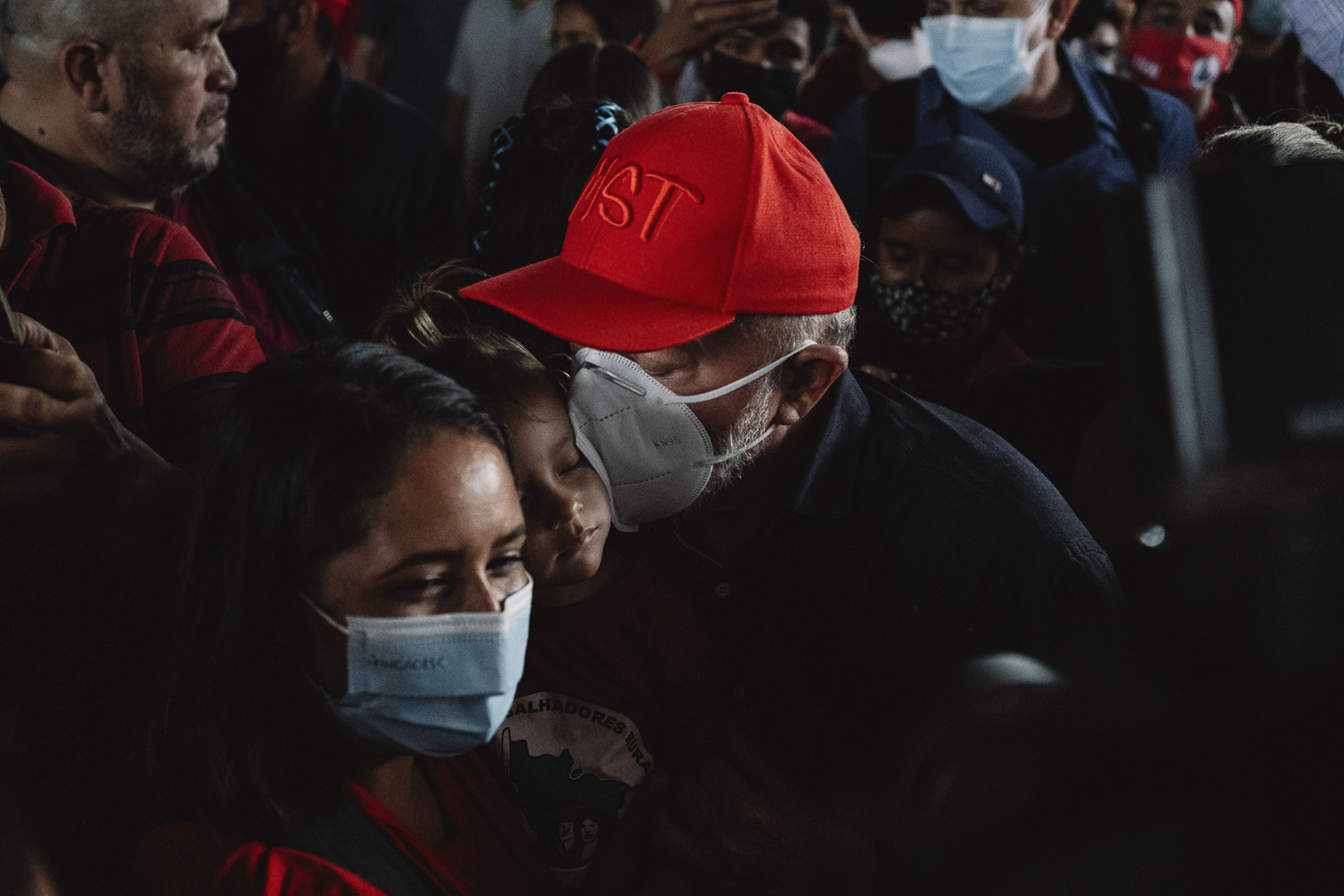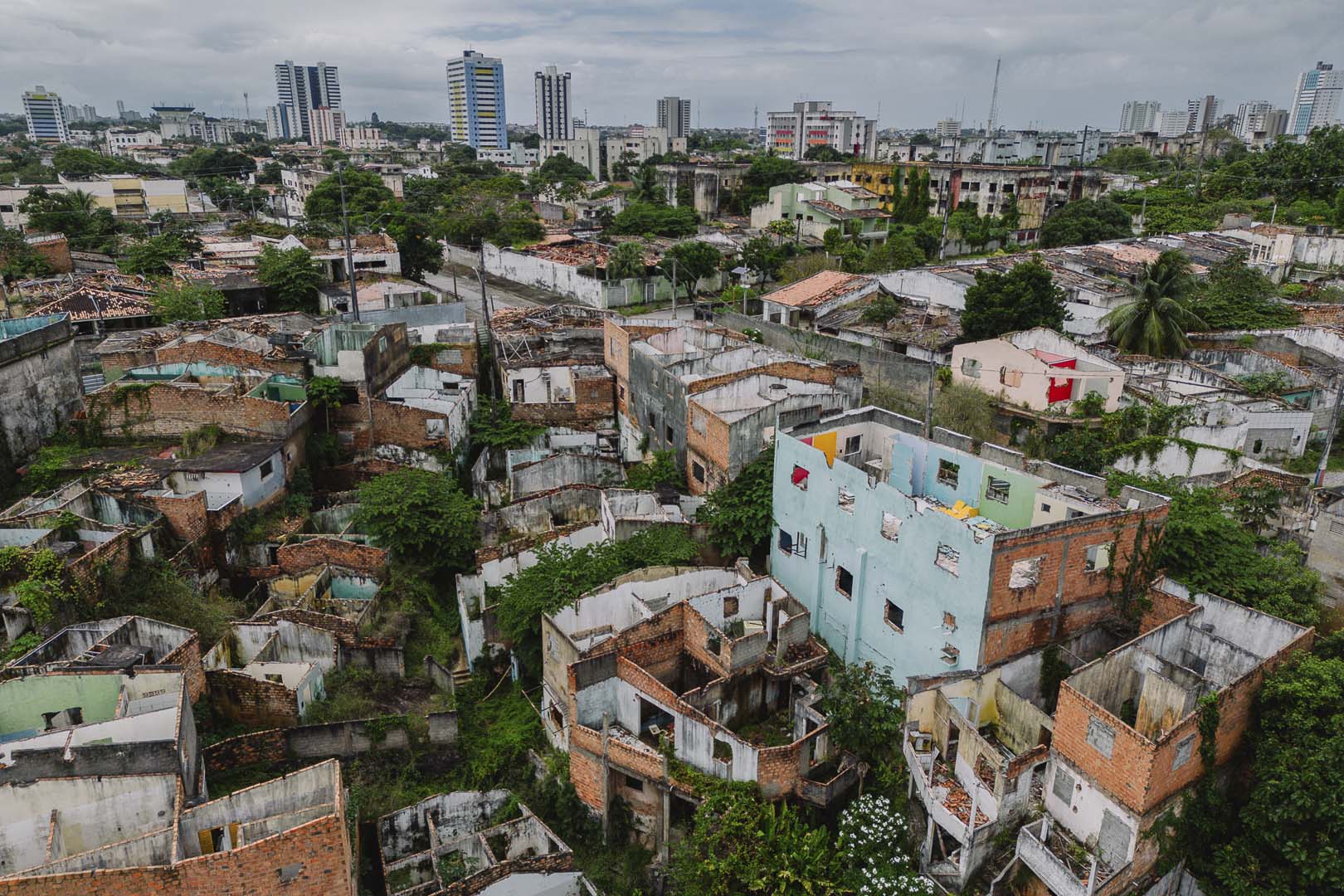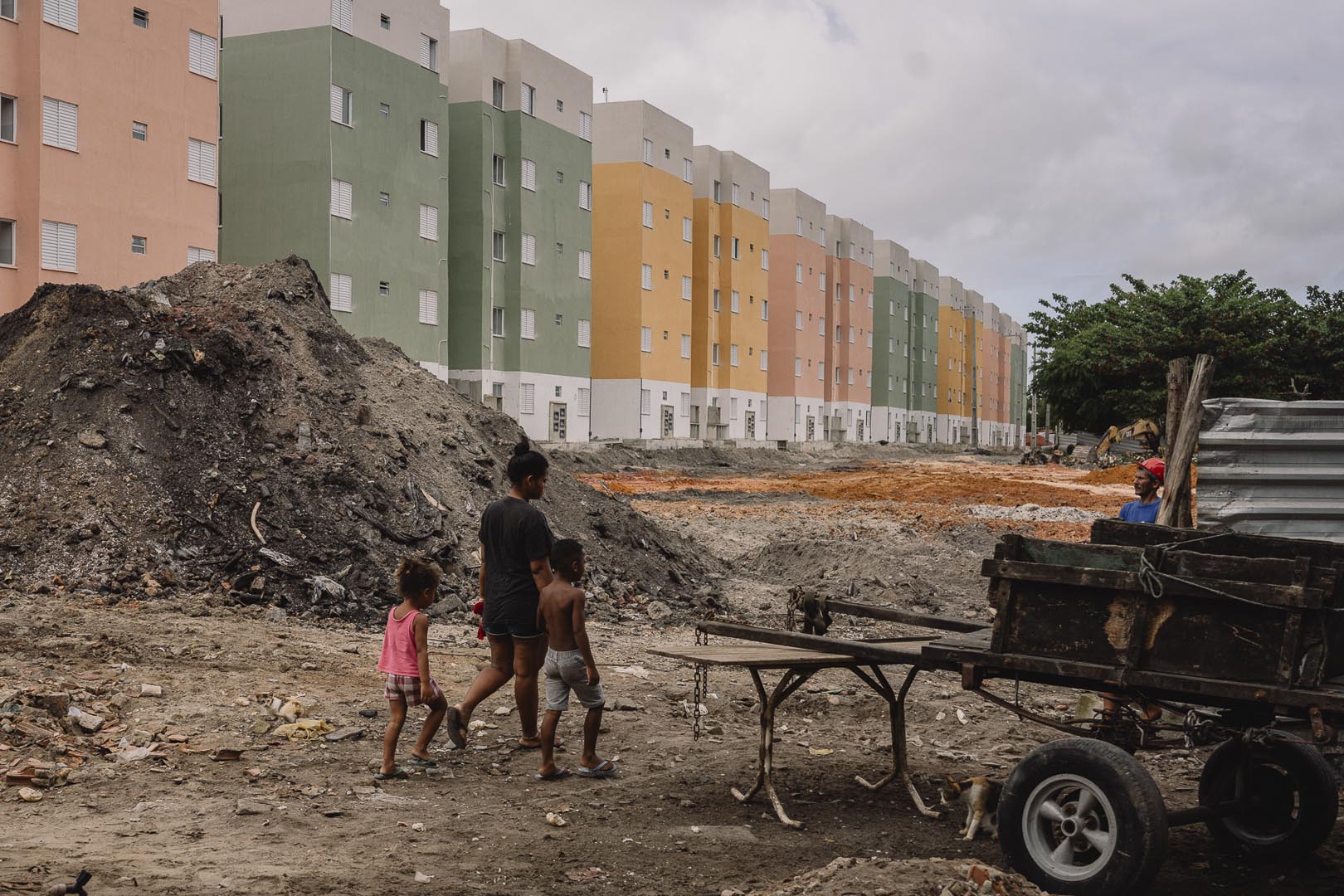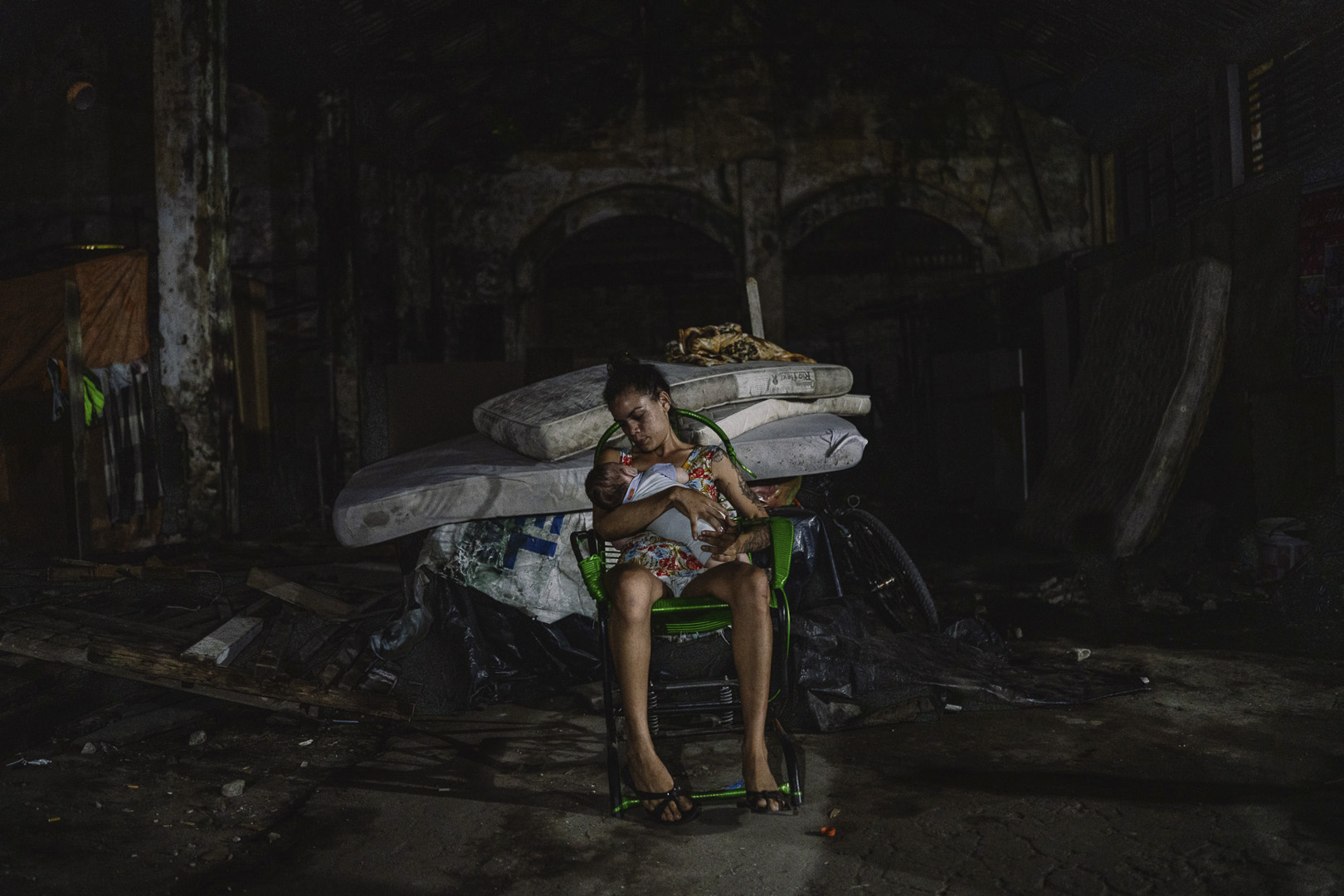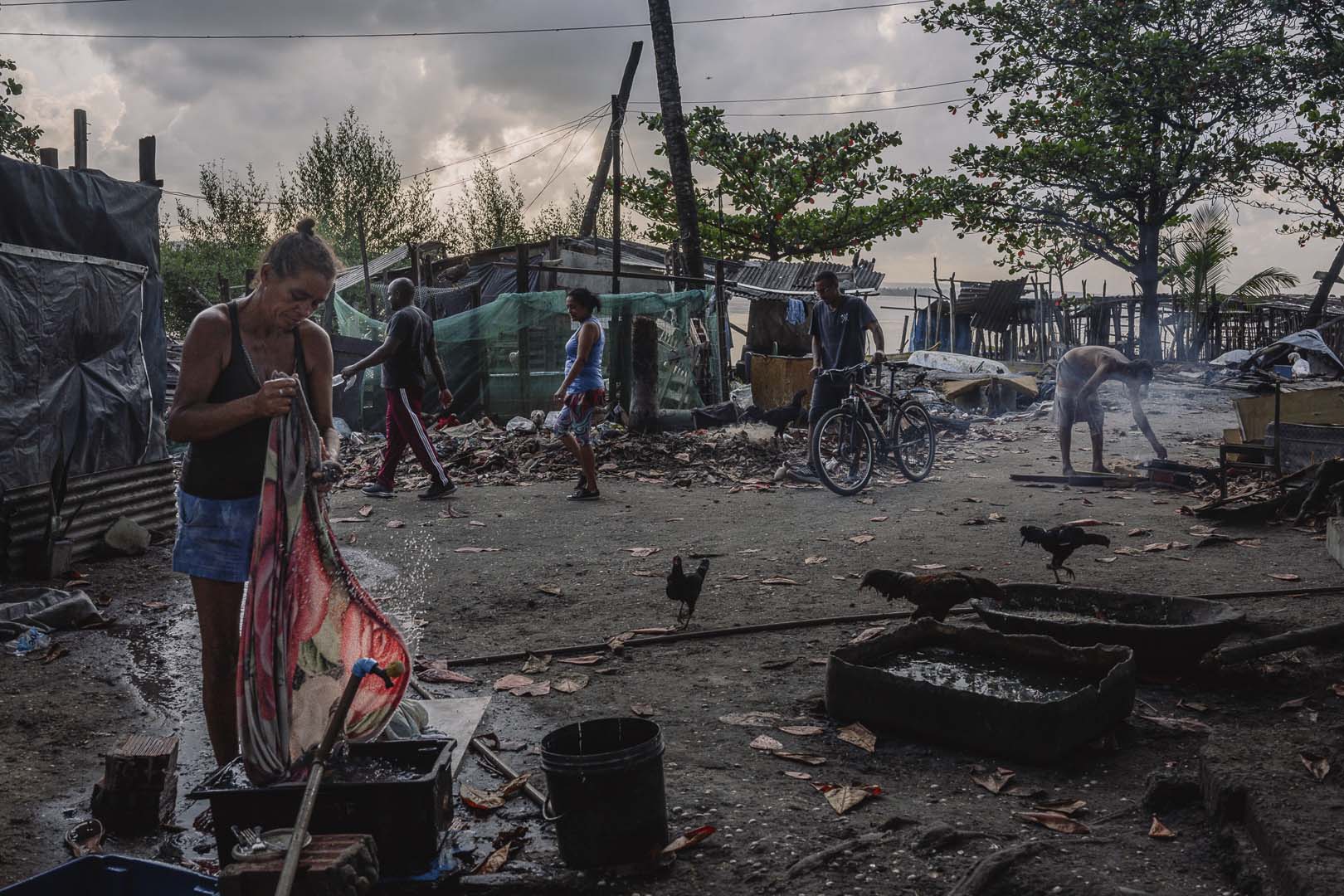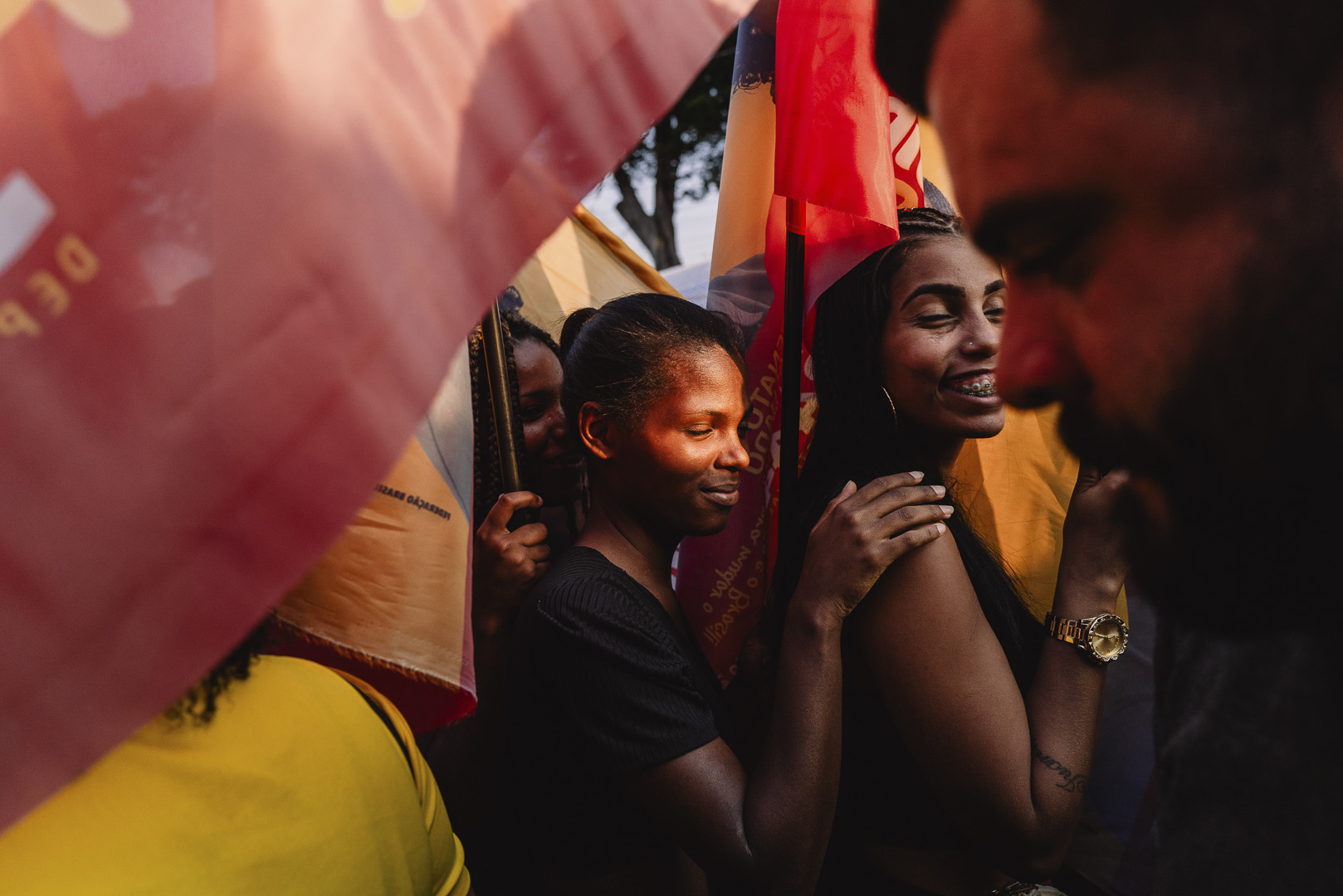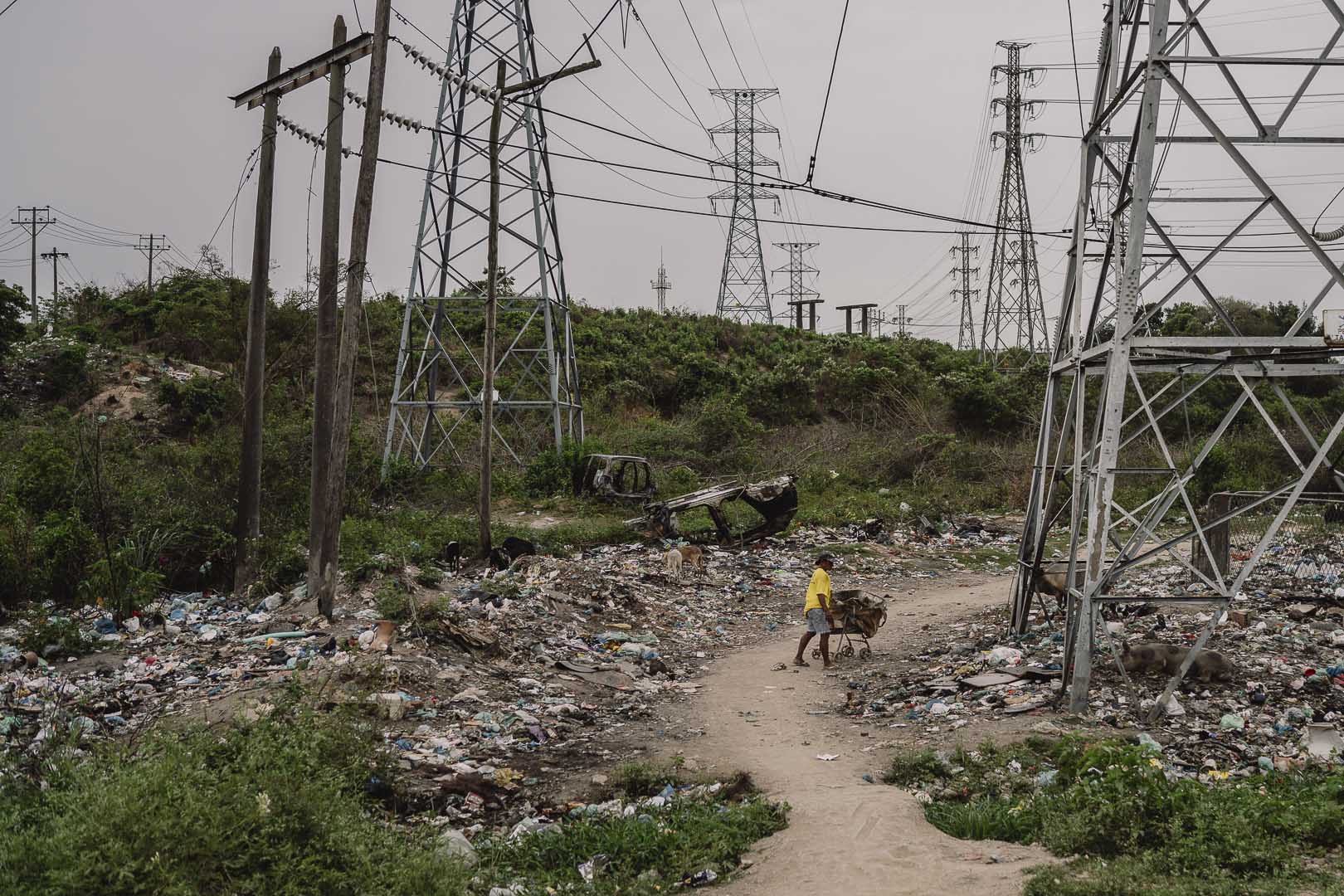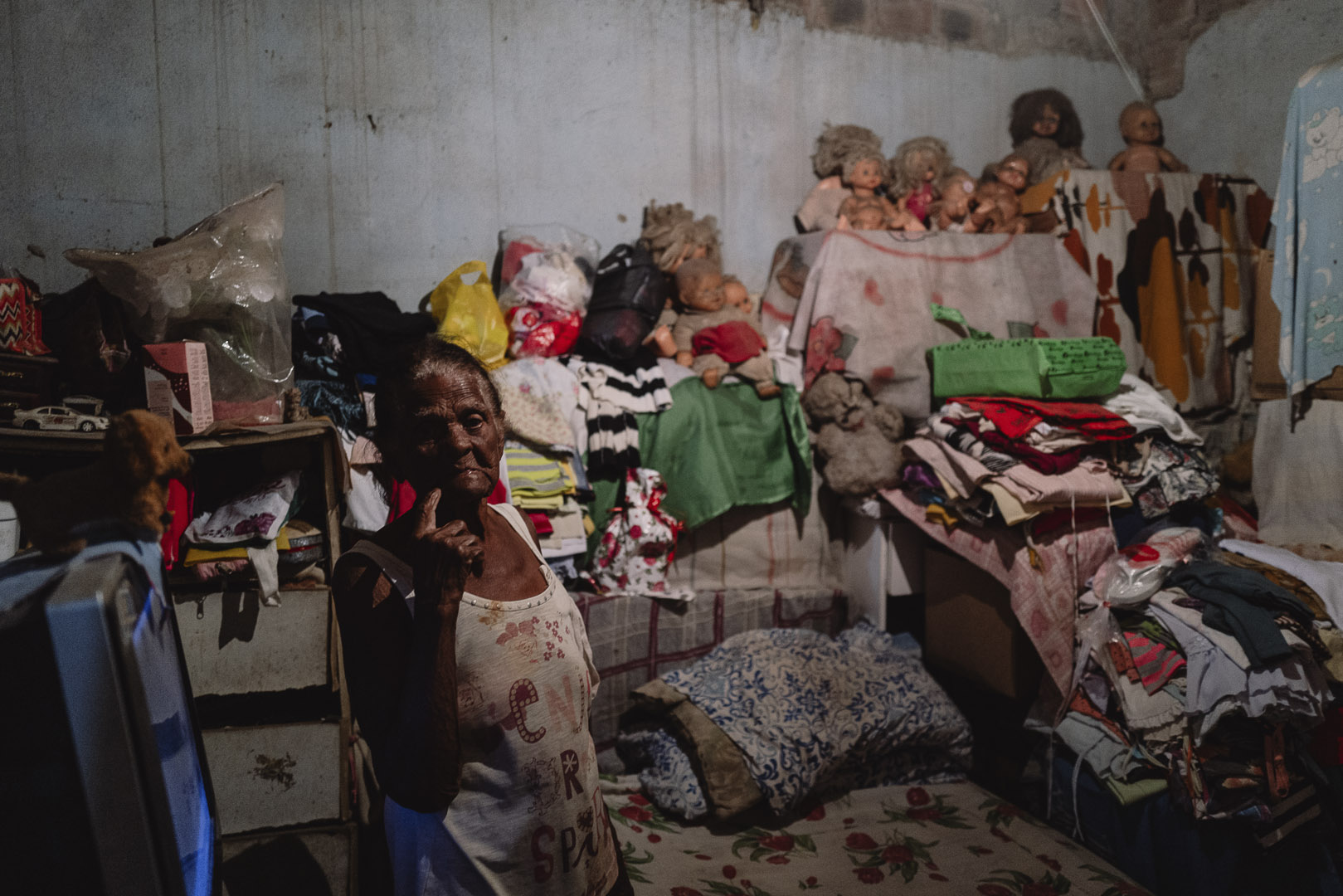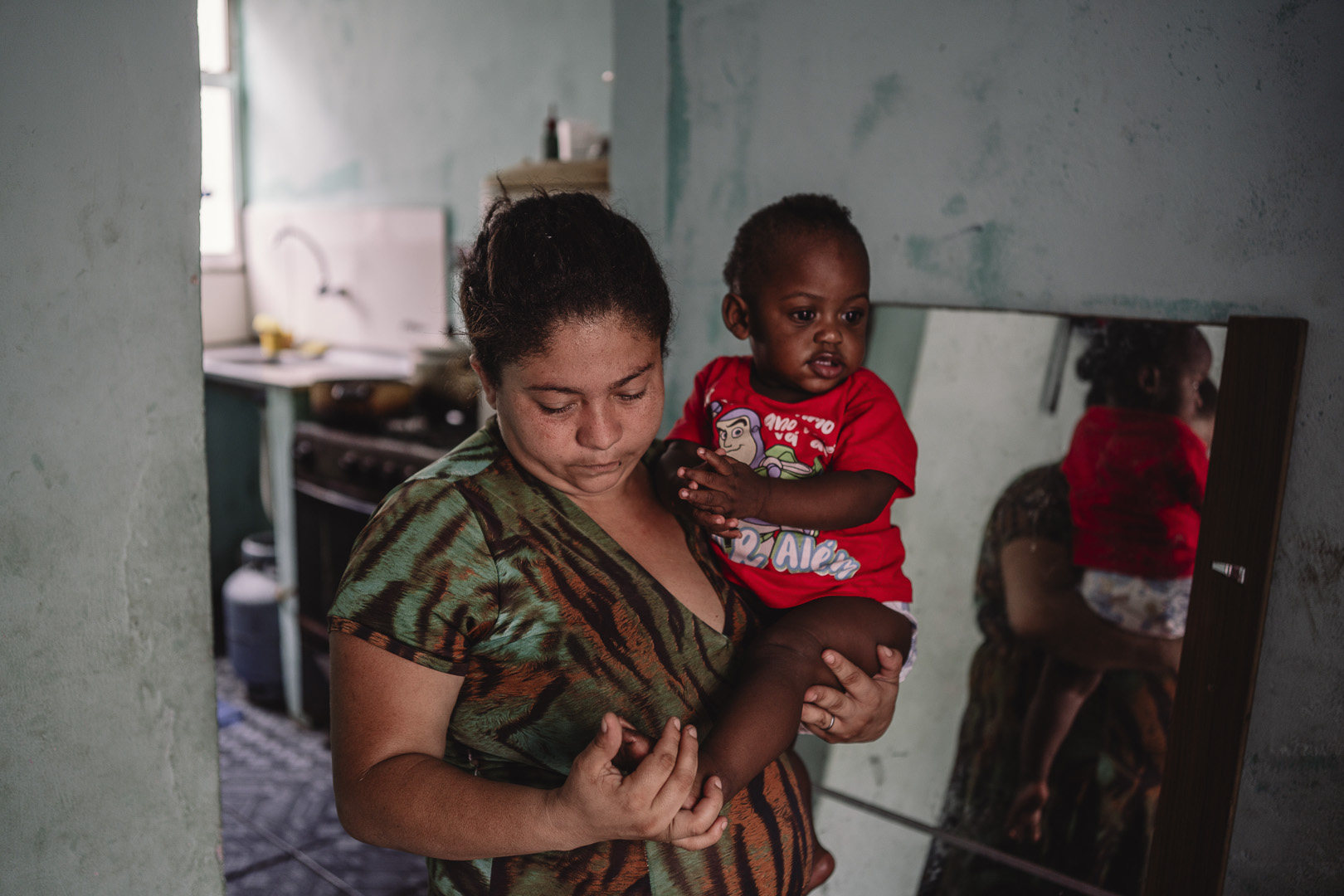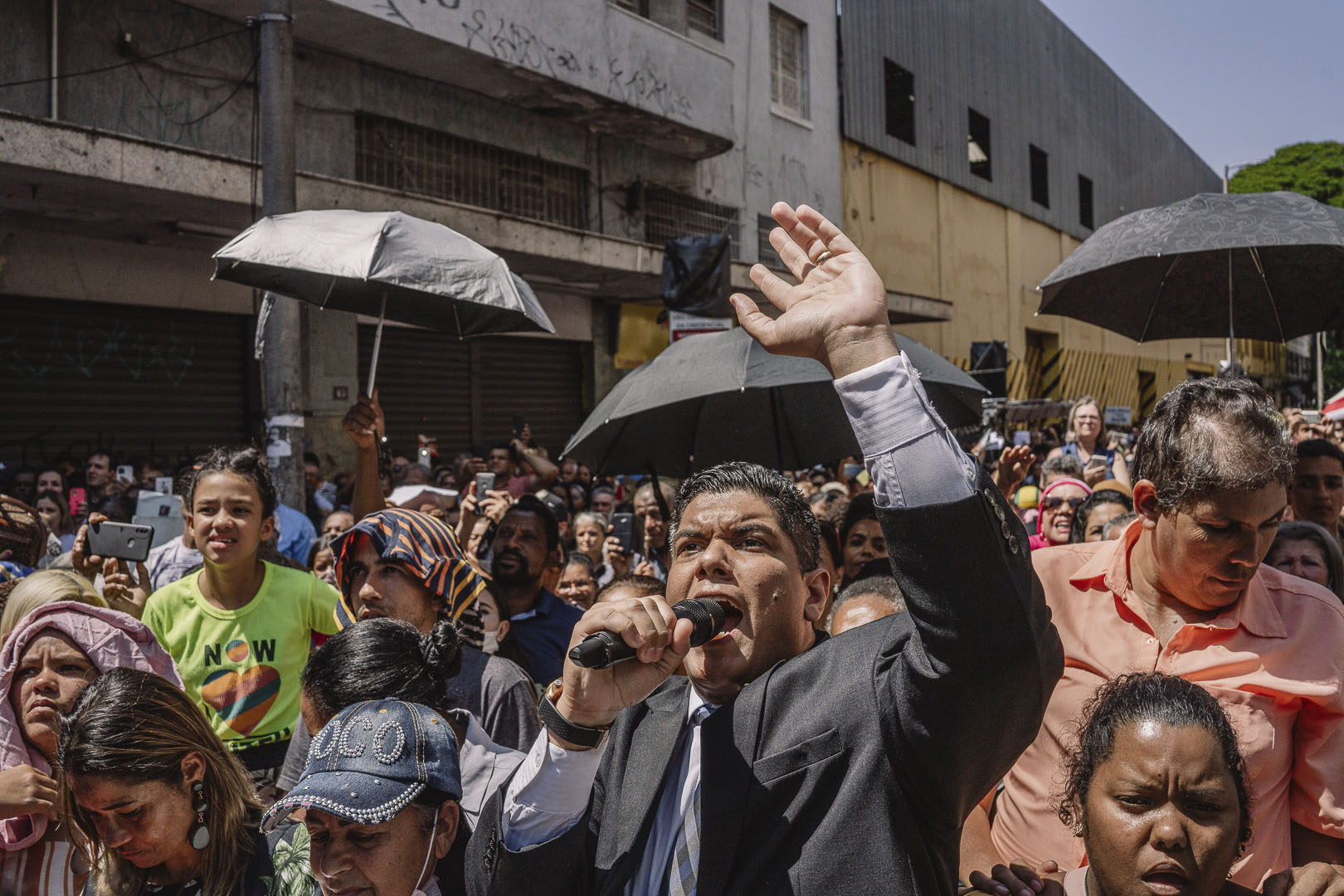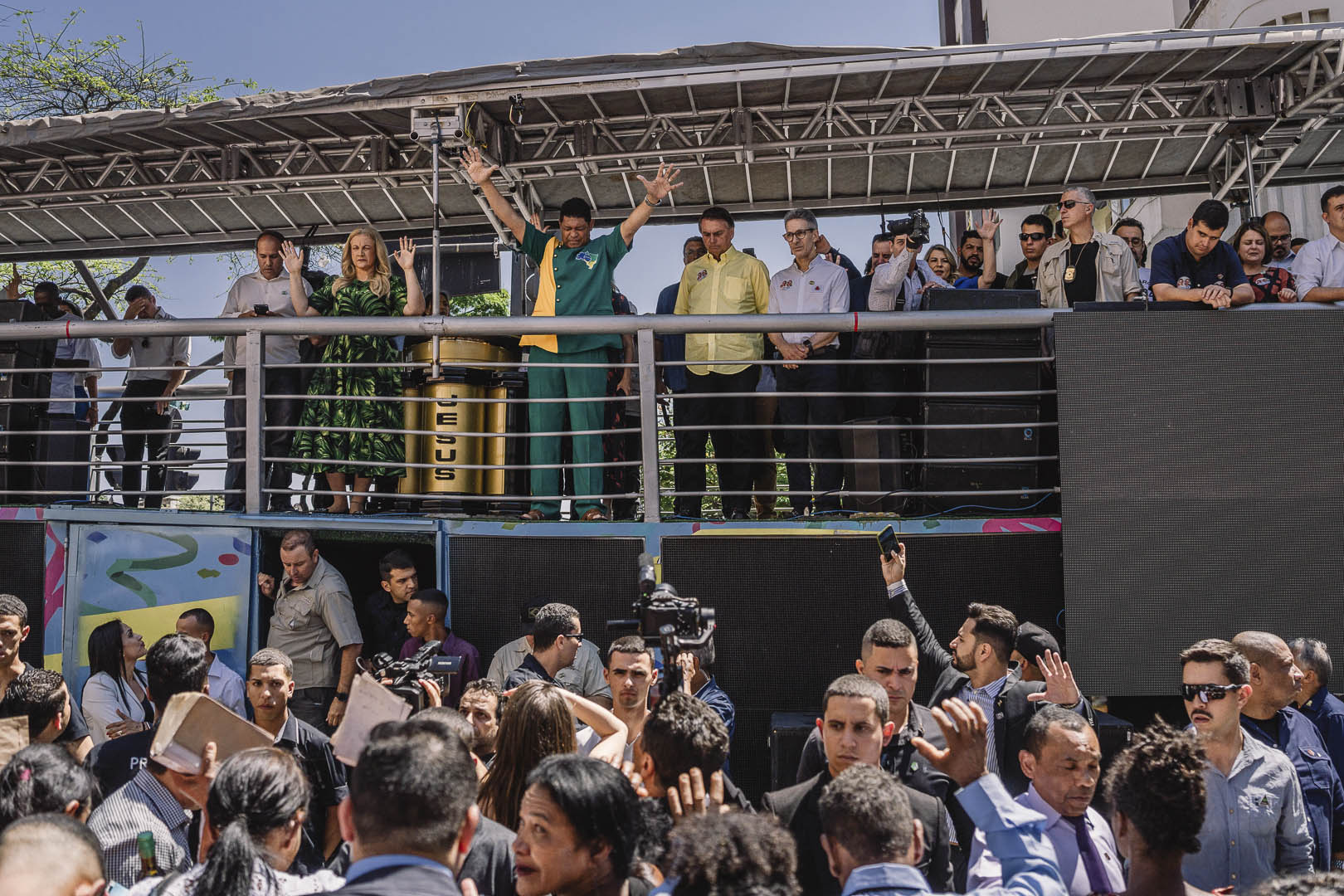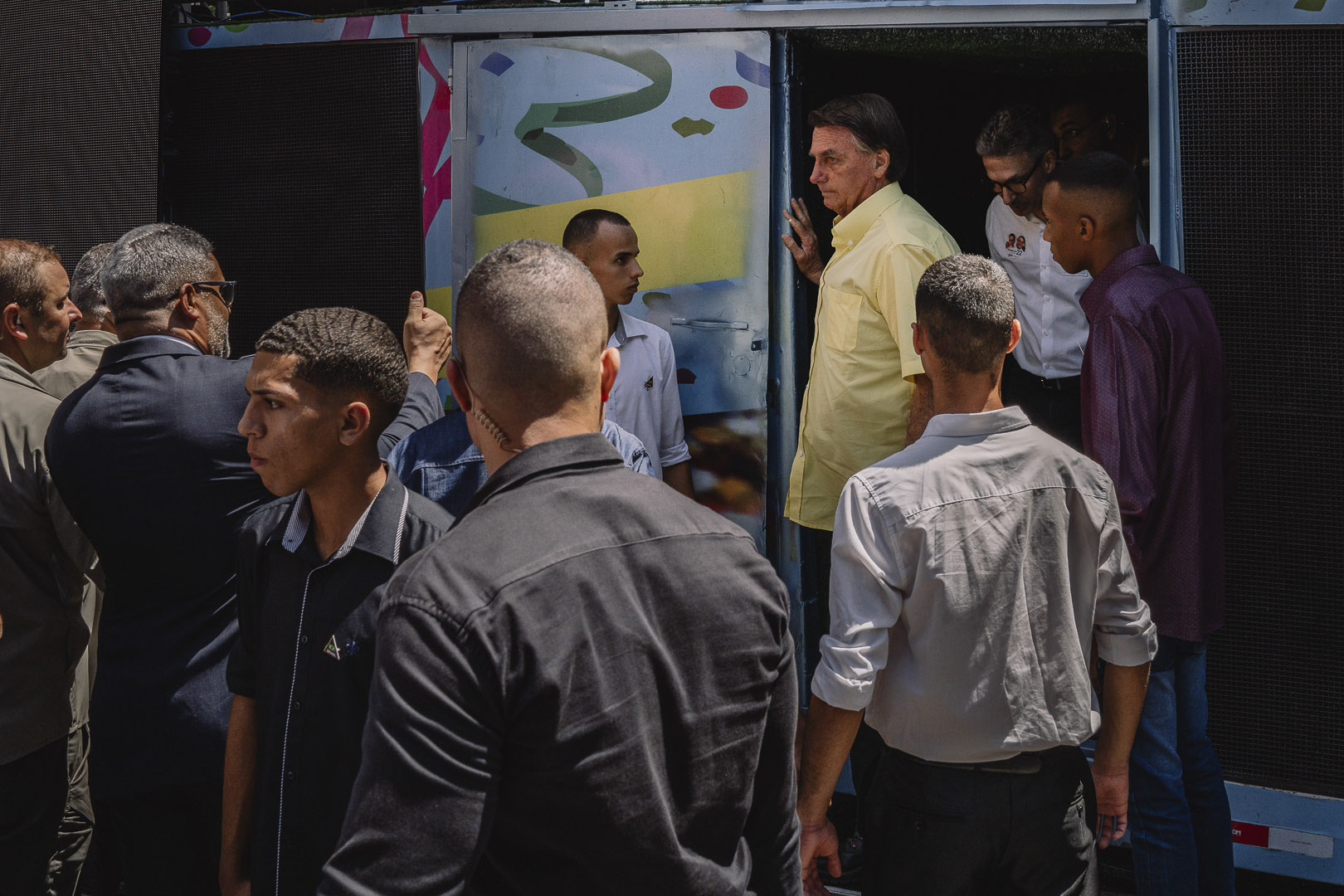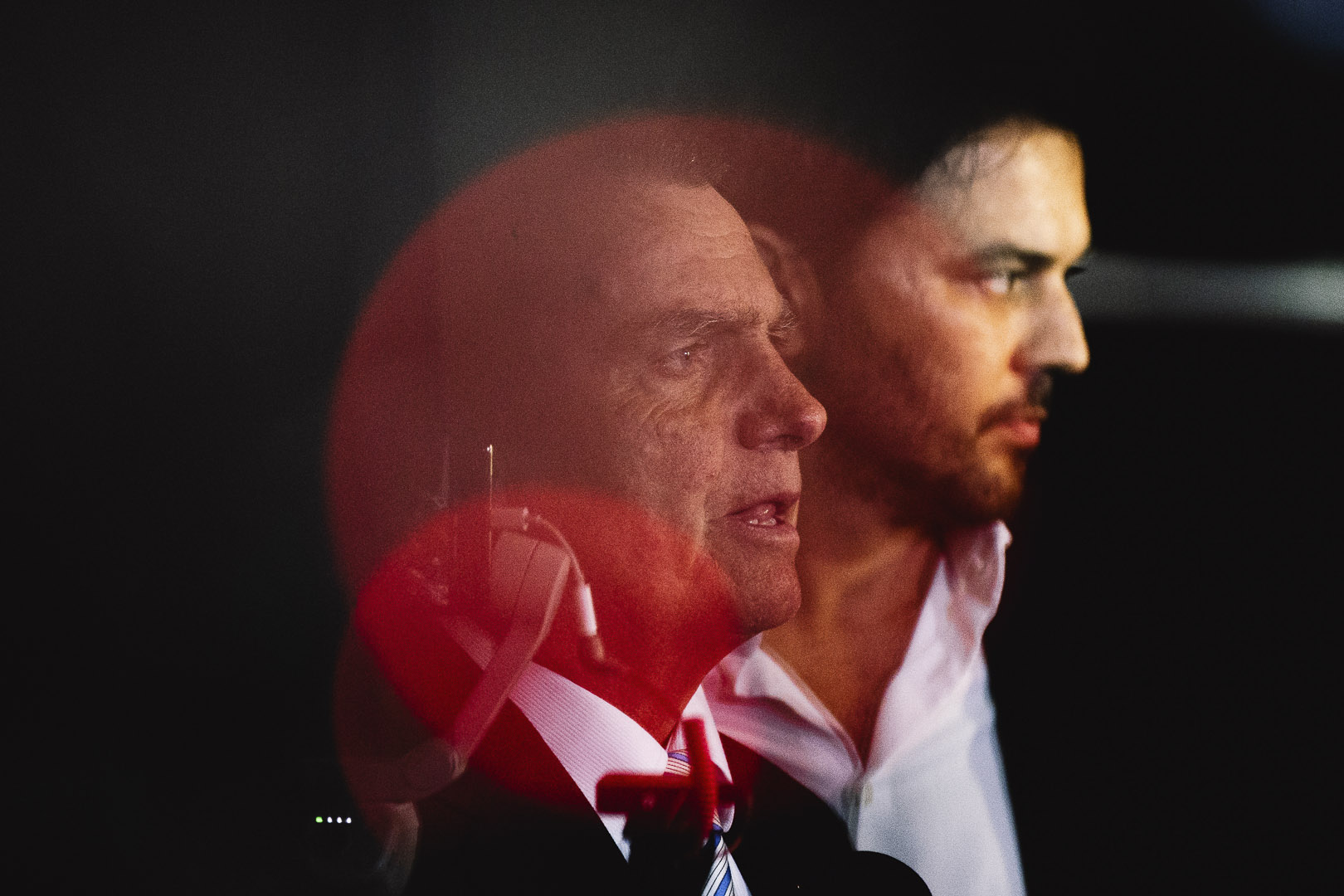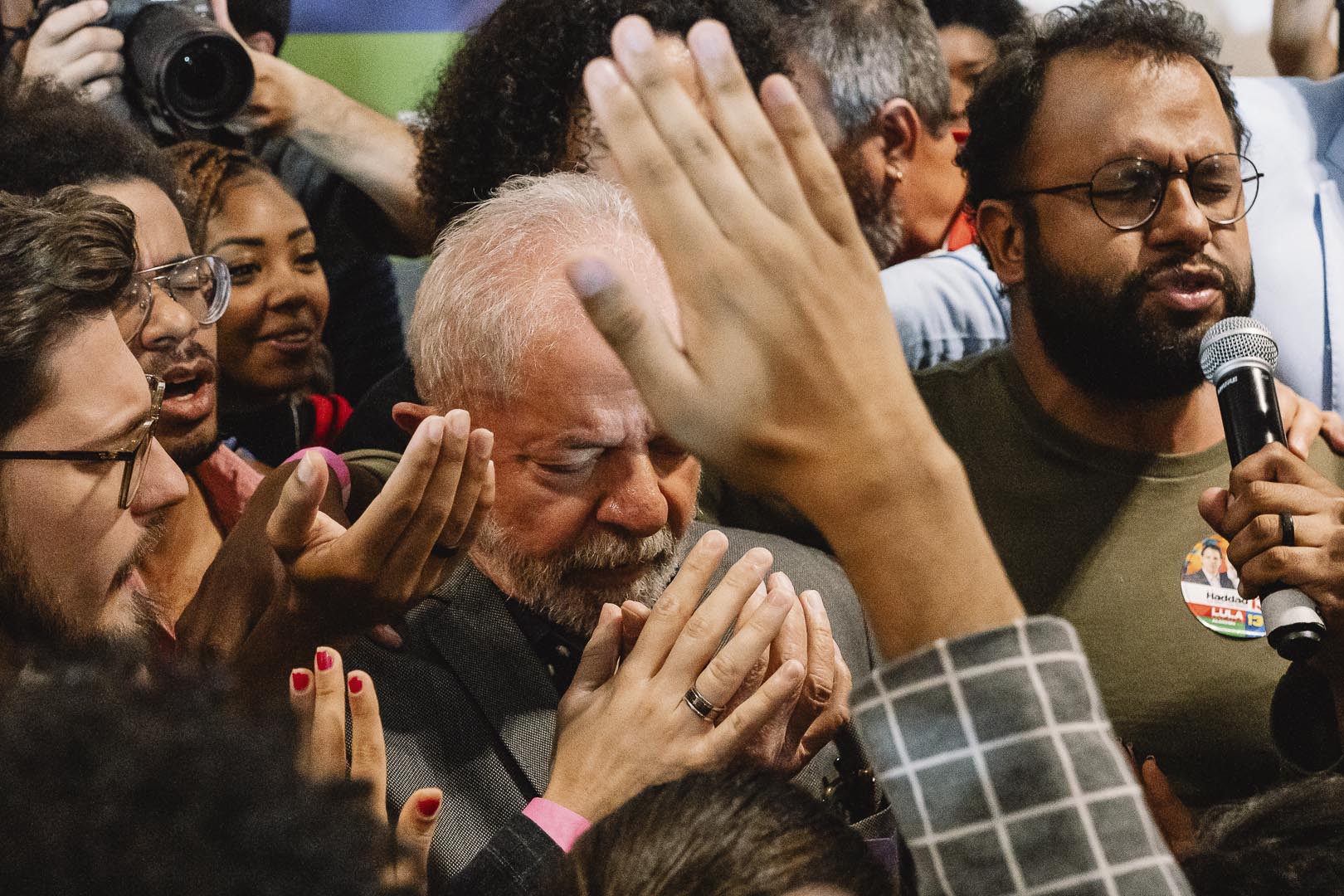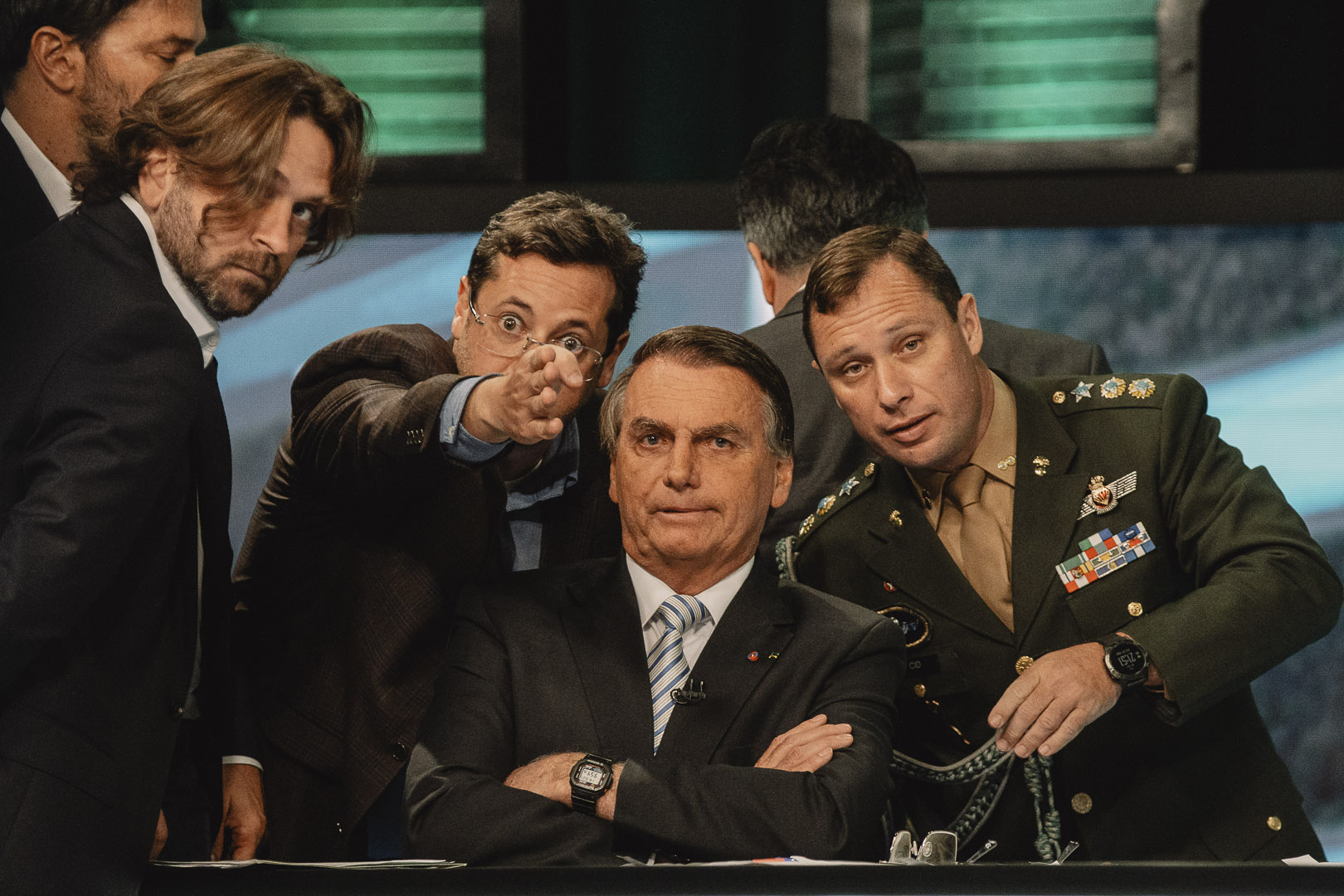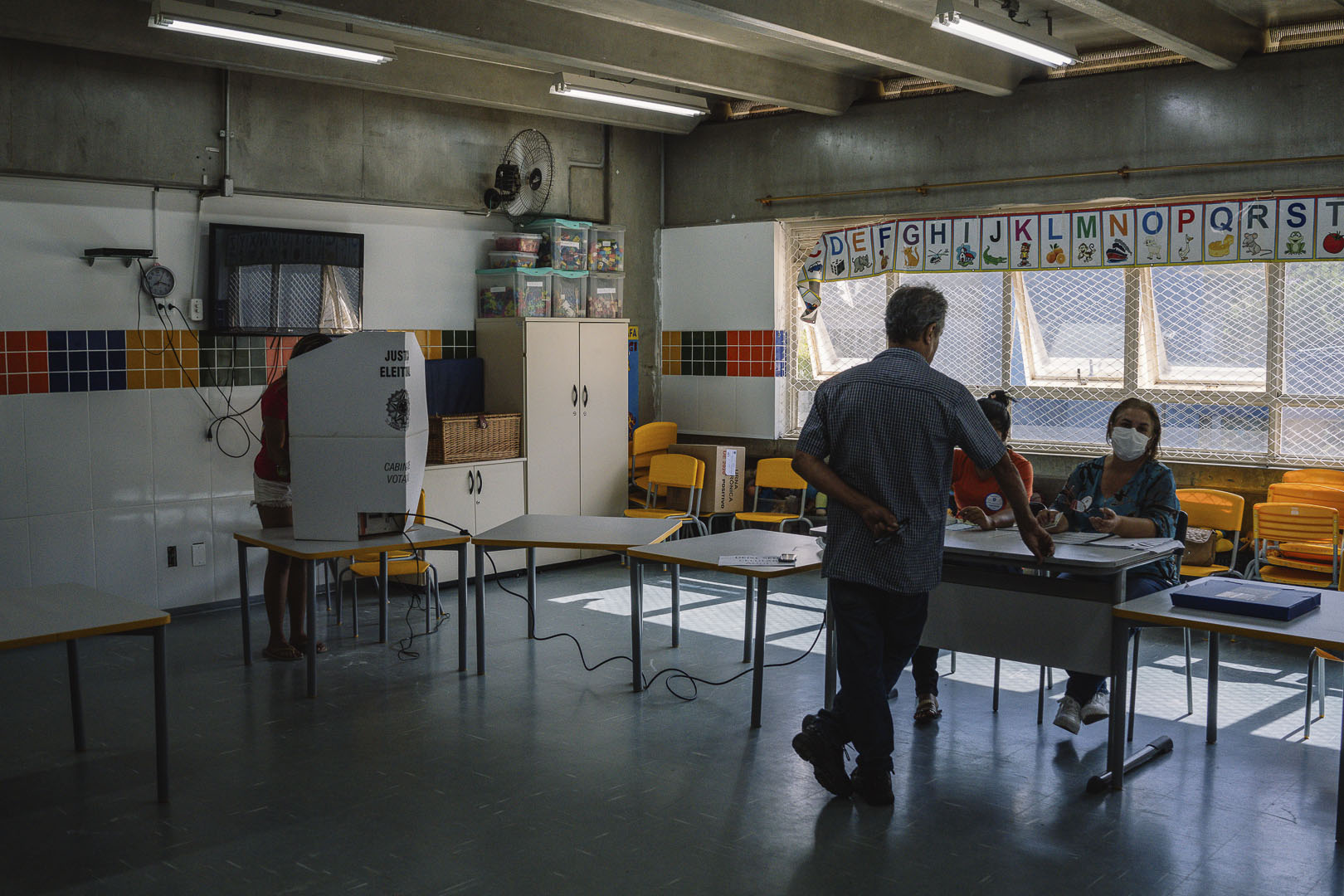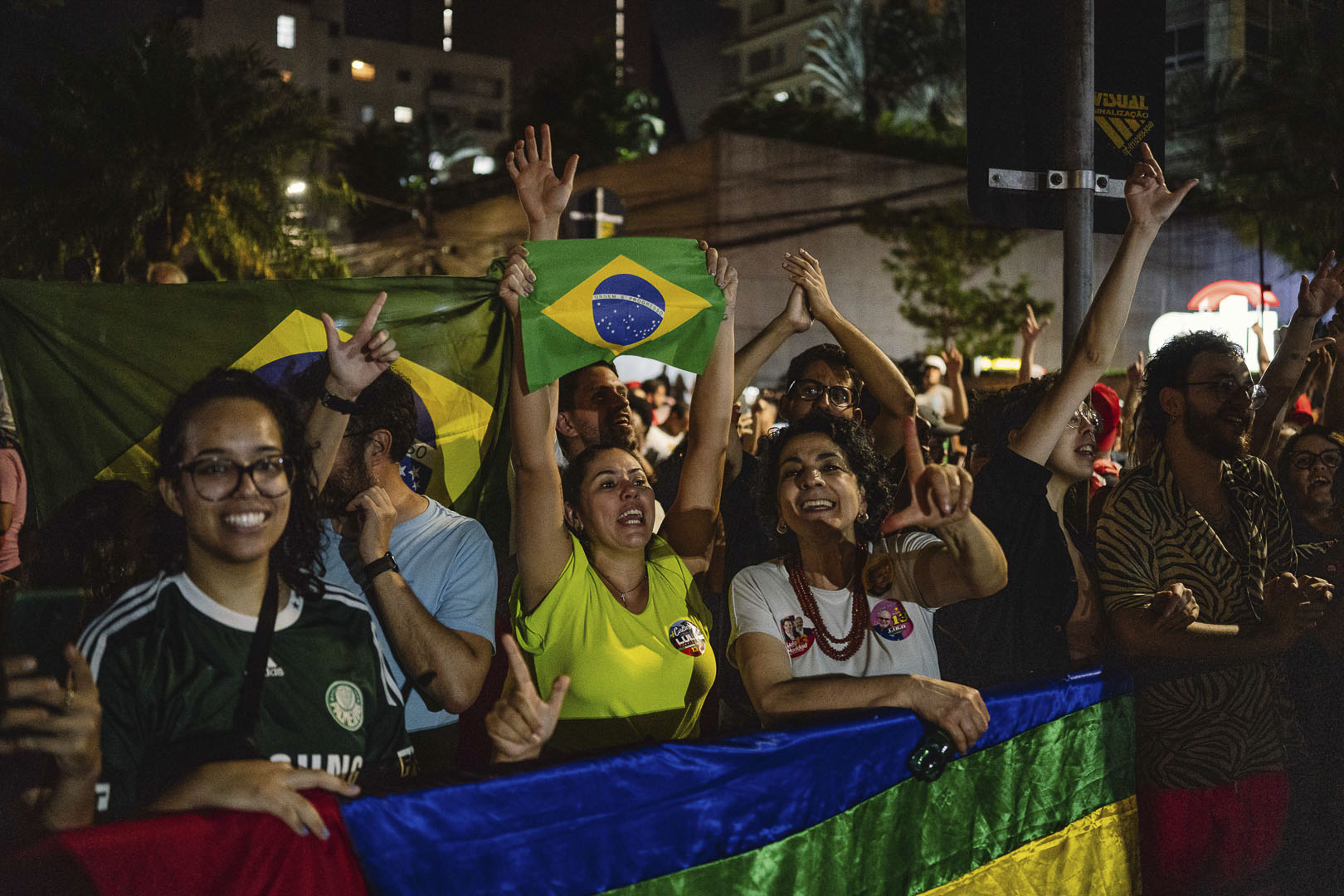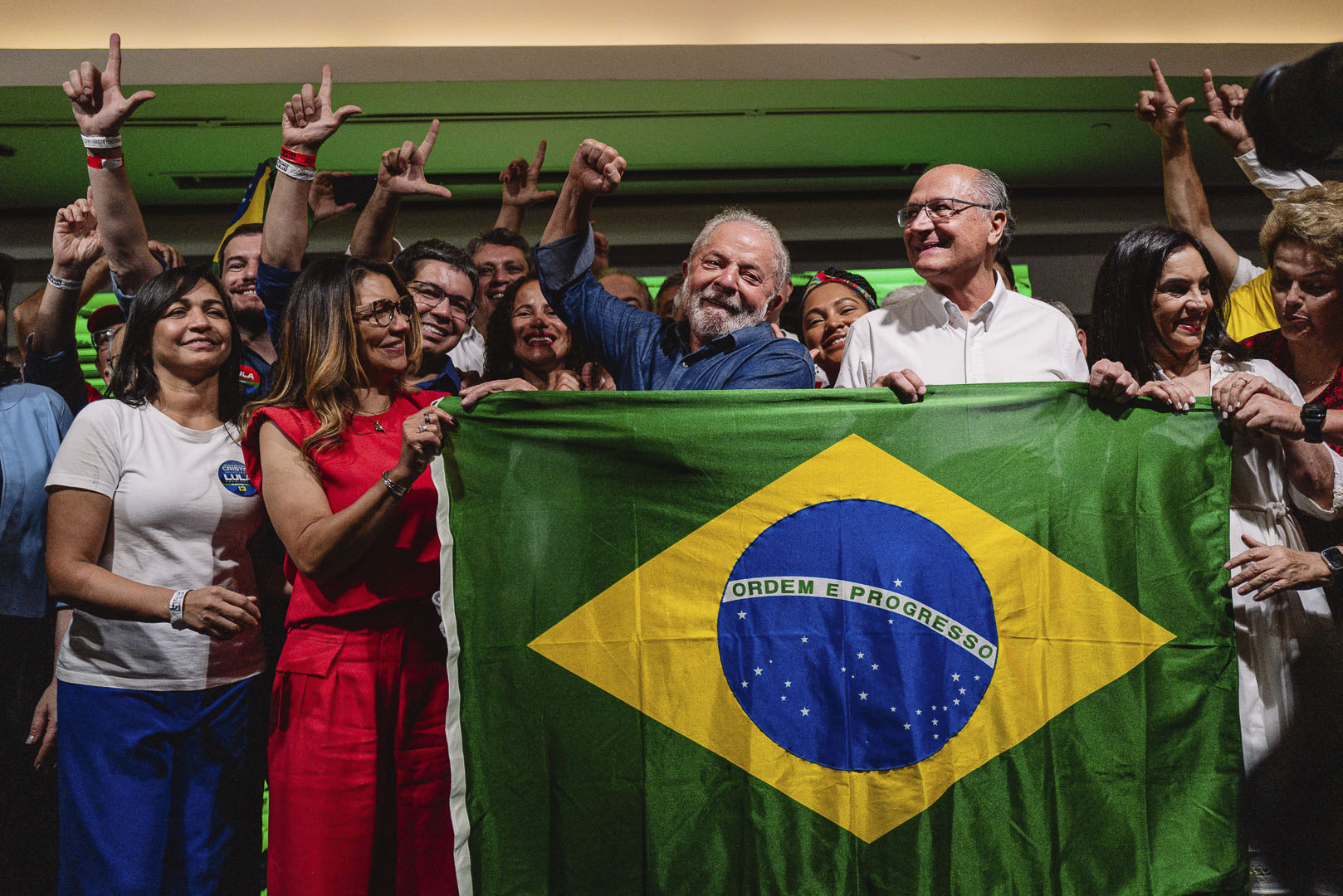Presidential elections in Brazil, 2022
For the daily newspaper Le Monde, Francisco Proner followed the presidential elections in Brazil for several months, from the launch of the campaigns to the victory of President Lula on October 30. From the farms of Minas Gerais to the favelas of Nordeste and the Bolsonarist meetings in Belo Horizonte, the photographer paints a portrait of a fractured country, of extreme inequality, in which the new president has promised to restore “peace” and “unity”.
On May 7, 2022, former president Lula announced, along with his candidacy for the presidential election, his desire to “rebuild Brazil.” The narrowness of his victory over departing president Bolsonaro (less than 2% between the two candidates) indicates how difficult the task will be. Following a campaign of a rare violence, Lula takes the lead of a divided country, which the weight of inequality has made extremely violent and polarized.
Since 2016, Brazil has been going through a period of political upheaval and social and economic crisis that Bolsonaro’s tenure has only reinforced. Today, Brazil is facing a recession and a steadily rising unemployment rate, with food insecurity affecting 33 million Brazilians, nearly twice as many as in 2020. If the drama affects the whole country, it particularly hits women and black or rural communities in the Northeast and Amazon regions. In this context, Lula, who in his two previous mandates had already implemented social programs to fight against inequalities and particularly against hunger in Brazil, brings a glimmer of hope to the most affected populations.
